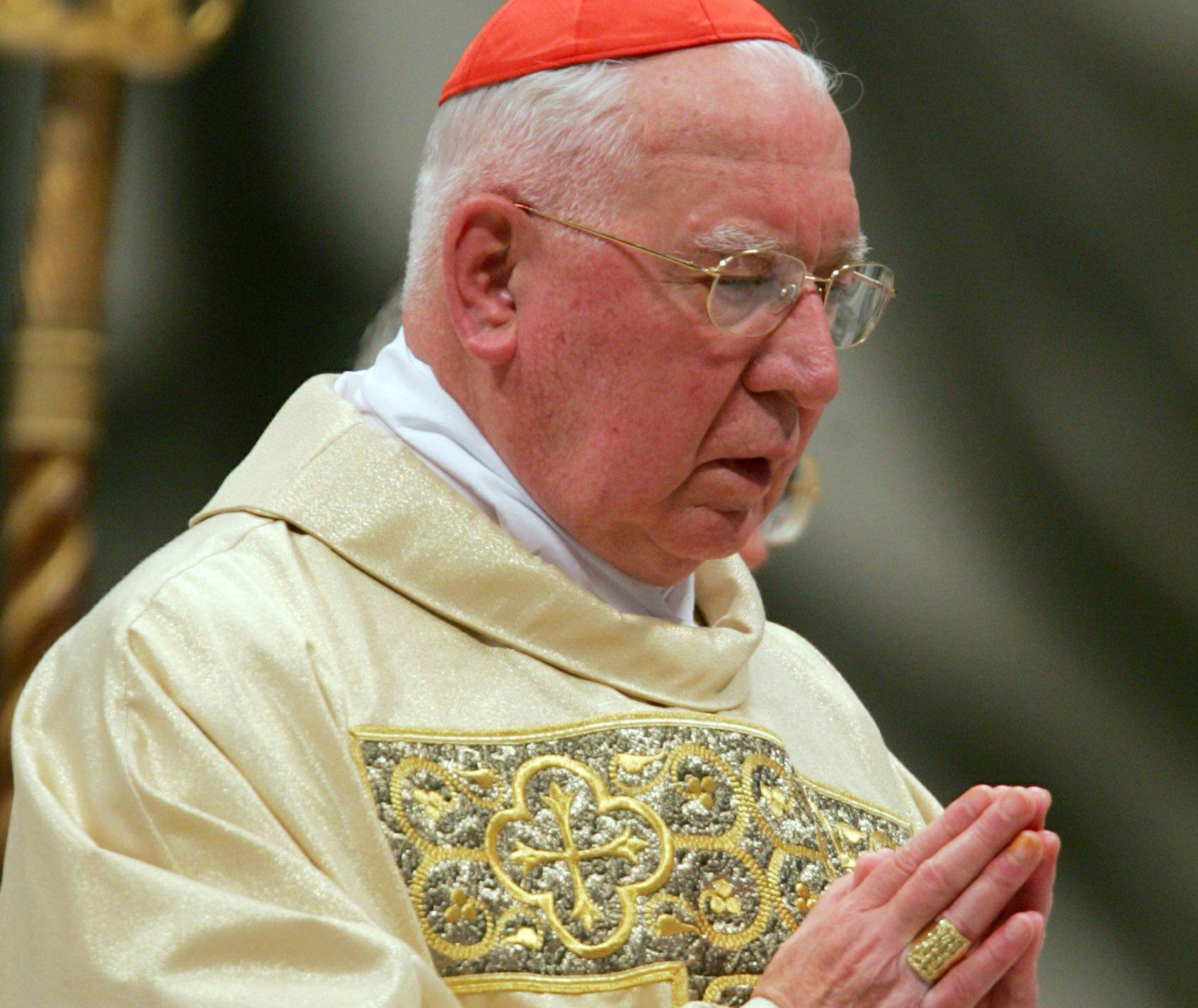SANTIAGO, Chile — Chilean Cardinal Jorge Medina Estévez, who played a major role in determining how current translations of the Mass in English were done, died Oct. 3 in Santiago; he was 94.
From 1996 to 2002, Medina served as prefect of the Congregation for Divine Worship and the Sacraments, not only overseeing and approving the translations of Mass texts, but also establishing guidelines for how the translations were to be done.
Pope Francis, in a telegram of condolence, described Medina as a “devoted prelate who, for years and with fidelity, gave his life to the service of God and the universal church.”
As prefect of the worship congregation, in 1999 Medina ordered a complete overhaul of the International Commission on English in the Liturgy, the body sponsored by 11 bishops’ conferences to draft common English versions of liturgical prayers. Medina said at the time that the commission was not giving “to the bishops, to the Holy See and to the English-speaking faithful an adequate level of service.”
And, in 2001, he published, “Liturgiam Authenticam” (“The Authentic Liturgy”), a document of translation guidelines and principles subtitled, “On the Use of Vernacular Languages in the Publication of the Books of the Roman Liturgy.” It insisted on translations that were as close as possible to the Latin, including in phrasing and word order.
He retired as prefect in 2002.
Born in Santiago Dec. 23, 1926, Jorge Medina Estévez was ordained a priest in 1954. Much of his early priesthood was spent at Santiago’s Catholic University, where he was a theology professor, dean of the school of theology and, for nine years, chancellor of the university.
He served as an expert at the Second Vatican Council and continued working with several of the post-conciliar commissions, which led to his receiving in 1966 an honorary doctorate from the University of Notre Dame in Indiana.
He had been a member of the International Theological Commission and of the commission that prepared the new Code of Canon Law, in addition to serving as secretary-general of the fourth conference of the Latin American bishops in 1992.
Named auxiliary bishop of Rancagua, Chile, he was ordained to the episcopate by St. John Paul II in a 1985 ceremony in St. Peter’s Basilica. He was named head of the diocese two years later, and in 1993 became bishop of Valparaíso, Chile. St. John Paul tapped him to head the worship congregation in 1996 and, two years later, named him to the College of Cardinals.
His death leaves the college with 215 members, 121 of whom are under the age of 80 and eligible to vote in a conclave.















